Durr-e-Shahwar Sultan’s journey from Istanbul to Hyderabad Deccan with the finale in London (3)

The ‘public relations department’ and the ‘businessmen association’ founded by teachers in Lahore
August 21, 2021
Seeking Tech in ‘Pindi’s ‘Doğu Bank’!
August 25, 2021Researcher Doğan Yücel wrote the story of Khadija Khayria Durr-e-Shahwar Sultan, the daughter of the last Ottoman Caliph Abdul Majid Effendi, from Istanbul to Hyderabad Deccan. In the third and the last part, he covered how Durr-e-Shahwar Sultan influenced the social and cultural life of Hyderabad Deccan and her works until her death.
The last Caliph Abdul Majid Effendi, the father of Durr-e-Shahwar Sultan, was interested in modernization and reforms and believed in modern education for women, including his wives and daughters. Raised this way, Sultanzada Durr-e-Shahwar became a popular public figure after arriving in Hyderabad Deccan. Two Ottoman princesses aroused great excitement in conservative Hyderabad Deccan, where high-ranking ladies lived in ‘purdah’ (retreat), and were never seen or heard from outside of their inner circle. Durr-e-Shahwar was a developmentalist due to the upbringing she had received from her own family. She believed that women should earn their own living; so, she helped abolishing the practice of purdah in Hyderabad Deccan. Durr-e-Shahwar, with her cousin Nilufer, got engaged in changing the atmosphere in her new home by defending the education of girls and women’s rights. Since he valued both of his daughters-in-law, whom he often called ‘nagina’ i.e., ‘the diamonds of the palace’, the Nizam of Hyderabad Deccan permitted them.
According to a 2006 article in The Telegraph, “The Nizam encouraged both princesses to engage in sports such as tennis and horse riding. He sent them on tours of Europe to expand their ideas and collect artwork for museums.”
Pioneered the opening of hospitals and schools

In Hyderabad Deccan, Durr-e Shahwar soon identified with people. With a great passion for providing health and education to ordinary people, she established a public and children’s hospital in Purani Haveli, which still operates in her name. A Junior College for girls in Bagh-e-Jahanara, Yakutpura is still managed with funds from her. She rode, drove and played tennis with her friend Rani Kumudini Devi. She changed the social façade of Hyderabad Deccan with her beauty and charm, manners and dress code.
Durr-e-Shahwar laid the foundation to construct the Begumpet Airport in 1936. Until then, a small strip in Hakimpet served as Hyderabad Deccan’s airport. When Sultanzada inaugurated the airport in Hyderabad in the 1940s, she became the first woman to launch such a facility. She is also known as the person who commissioned and inaugurated the Usmania Millat Hospital. She founded the non-profit Durr-e Shahwar Children’s and Millat Hospital for women and children in the old city centre of Hyderabad. She inaugurated the famous Ajmal Khan Tibbiya College Hospital in Aligarh under the Aligarh Islamic University in 1939. Her last activity in the city was in 2000, presiding over the opening ceremony of the Nizam’s Silver Jubilee Museum.
A glorious era ended with her death
After her marriage, the princely state of Hyderabad Deccan was dissolved in 1948 and integrated with India. Facing fame and power and hostility, exile and suffering, she received them all with calm and won the hearts of the people of Hyderabad in her later years. In 1954, she separated from her husband and settled in London.

Sultanzada Durr-e-Shahwar visited Hyderabad frequently after settling permanently in London. Her last visit to the city was in 2004, two years before she passed away at 92. With her death, a glorious era in Hyderabad ended. Both cousins are remembered as wonderful beauties, high society figures, fashion figures and philanthropists. Durr-e-Shahwar Sultan, made intense efforts to have her father, Caliph Abdul Majid Effendi, who died in Paris in May 1944, buried in Turkey. Having the title ‘Princess of Berar’ in Hyderabad Deccan and bearing a British passport, she had visited Turkey often. She visited the then-President İsmet İnönü at the Çankaya Presidential Mansion for his father’s grave to be transported to Turkey, but she could not get permission for this. She continued her efforts during the Democrat Party period, but when she could achieve no result, the last Caliph’s mortal remains was taken to Saudi Arabia in 1954 and interred in Madina.
Considered the most intellectual of the princesses
Durr-e-Shahwar Sultan, who was loved by the public for her beauty, especially for her large colourful eyes, during her years in Istanbul, also inspired her father, Caliph Abdul Majid Effendi, who was a prominent painter. The Caliph painted many of his daughter’s portraits, some of which are in Dolmabahçe Palace today.
Durr-e-Shahwar Sultan is considered the most intellectual of all the Ottoman ‘princesses’. She acquired her artistic talent from her father and her grandfather Sultan Abdul Aziz and his father Sultan Mahmud II. The handwritten memoirs of her father Caliph Abdul Majid Effendi which filled 12 notebooks were in Durr-e-Shahwar Sultan’s custody.
A very respected and educated lady, the ‘princess’ was famous for speaking eight languages. She was fluent in French, English, Turkish and Urdu and even wrote articles for French magazines.
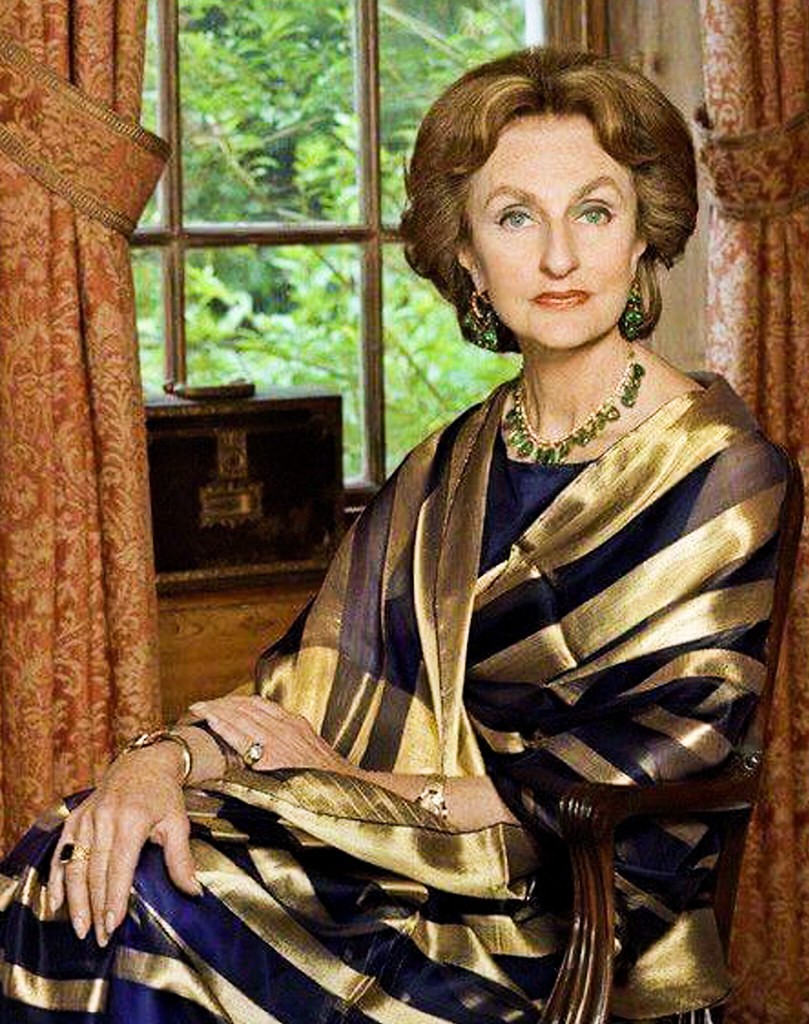
She went to Turkey a little broken-hearted
After the divorce, Durr-e-Shahwar stayed in Hyderabad for a few years, then moved to London and lived with her two sons until she passed away in 2006 at 92. She divided her time primarily between Hyderabad and London, where she had two sons. Her divorced husband died in 1970 at 63. She was greeted by large crowds every time she visited Hyderabad. She always remained a ‘superstar’, fondly remembered and frequently written about in the Indian press.
She was upset by the attitude of the Turkish Government towards her family members, after the proclamation of the Republic of Turkey. She did not wish to be buried in Turkey because she was very upset that the Turkish Government had refused to have her father buried in Istanbul in 1944.
Durr-e Shahwar Sultan, sister of Shahzada Omer Faruk Effendi, son of the last Caliph Abdul Majid Effendi, and the aunt of Neslishah Sultan, Hanzada Sultan and Nejla Sultan, was buried next to her mother Mahisti Kadın Effendi in Brookwood Muslim Cemetery after the funeral prayer performed in London Mosque.
The End.
***
Part Two: Durr-e-Shahwar Sultan’s journey from Istanbul to Hyderabad Deccan (2)
———-
Sources
- Doğan, İbrahim (13-19 February 2006). “Türkiye’de gömülmek istemedi (She didn’t want to be buried in Turkey.)” Aksiyon Dergisi. Dosyalar (Files) (584).
- John Zubrzycki (2006) The Last Nizam.
- https://www.telegraph.co.uk/news/obituaries/1510174/Princess-Durruhsehvar-of-Berar.html

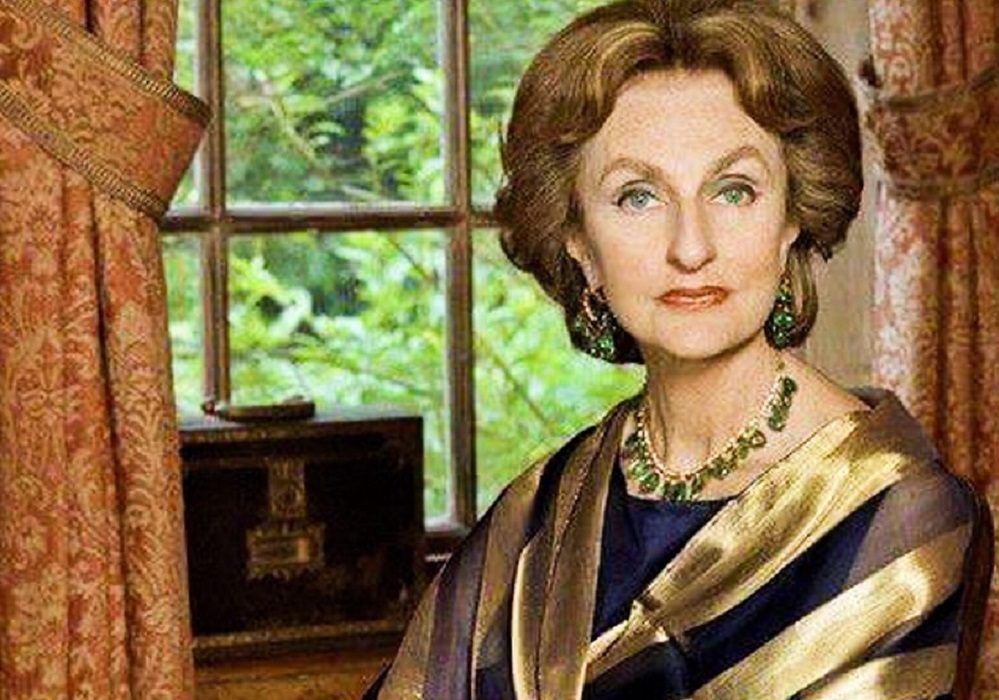
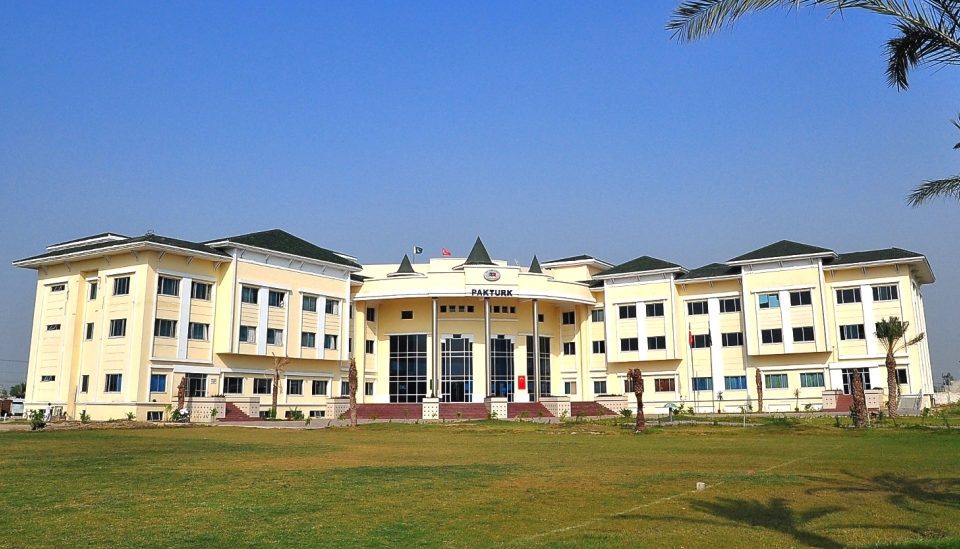
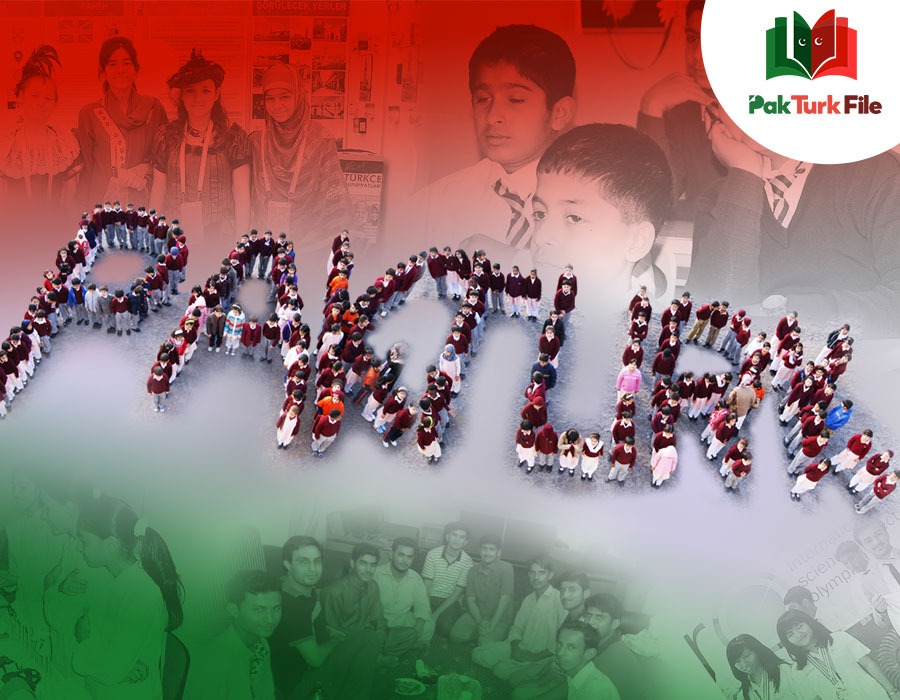
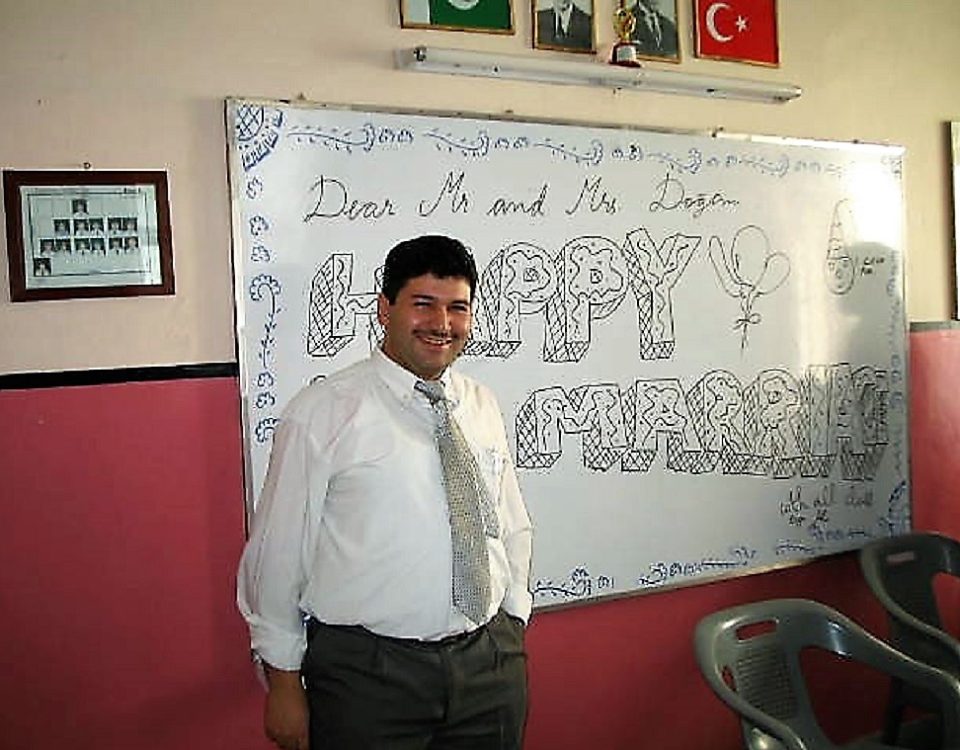
No Comment.